Commentary: The post-Trump Republican Party
Published in Political News
In the annals of American politics, few figures have reshaped the landscape as profoundly as President Donald Trump. His bombastic style, unfiltered rhetoric, and policy disruptions galvanized the Republican base while triggering a seismic reaction among Democrats.
As Trump’s second term approaches its end in 2029, the GOP stands at a crossroads. Far from being doomed by his polarizing legacy, Republicans are poised to emerge as the party of the sensible center, representing the non-polarized public, while Democrats, mired in anti-Trump fervor, risk alienating the masses with diminished appeal.
Trump’s polarization is undeniable. Following his 2016 ascent, he transformed the GOP into a vehicle for populist grievances, emphasizing immigration crackdowns, trade protectionism, and a combative foreign policy. This alienated moderates within his party but electrified disaffected voters. The actual ripple effect, however, was on the opposition.
Democrats viewed Trump as an existential threat to democratic norms, responding with unprecedented unity and ideological hardening. Late 2024 polling showed Democrats’ pessimism about their party’s future spiking after Trump’s victory, with many labeling leadership as “weak” or “ineffective.”
This wasn’t just emotional; it drove policy shifts. Under Trump’s shadow, Democrats accelerated their leftward drift, embracing progressive stances on climate extremism, identity politics, and expansive government intervention that often outpaced public sentiment.
A Brookings Institution analysis revealed how elected Democrats shifted further left during the Trump era, even as voters polarized: Republicans rightward, but Democrats more dramatically so. Trump's tariffs and trade wars prompted Democrats to double down on globalism and free trade, alienating many working-class voters.
His immigration policies forced Democrats into a defensive posture, amplifying calls for open borders and sanctuary cities that polled poorly among independents. By 2025, Gallup reported Democrats regaining a slight edge in party affiliation, but this masked deeper fractures as internal polls showed growing liberal extremism, with bases demanding purity tests on social issues that repelled moderates.
This dynamic exemplifies a boomerang effect: Trump’s outsized persona not only rallied Republicans but radicalized Democrats into a mirror-image opposition. Polarization under Trump fueled political violence and division, with Democrats seeing Republicans as enemies rather than opponents. The result? By 2025, Democrats were more ideologically cohesive but less broadly appealing.
Post-election analyses highlighted how they lost working-class voters, especially non-White men, to Trump’s economic messaging, leaving the party reliant on urban elites and progressive activists. Trump’s win solidified his grip on the GOP, but it also set an expiration date: Jan. 20, 2029.
Here lies the opportunity for the post-Trump GOP. Without Trump’s personal baggage, legal entanglements, inflammatory tweets, and cultlike following, the party can pivot toward moderation. Discussions on Reddit and in think tanks like Brookings suggest a return to “normal” conservatism, characterized by fiscal responsibility, limited government, and pragmatic foreign policy, reminiscent of pre-Trump figures.
Trump’s successors could shed MAGA extremes while retaining its populist energy on trade and immigration, resonating with the “forgotten” middle class. NPR analyses indicate the MAGA movement may endure but fragment without Trump, allowing the GOP to broaden its tent.
Democrats, conversely, face a steeper climb. Their anti-Trump entrenchment has calcified into left-wing orthodoxy that’s difficult to unwind. Pew noted Democrats’ views grew more negative toward Republicans, fostering hostility that alienates swing voters.
In 2025, with Trump in office, Democratic leaders grappled with internal divisions: progressives pushed for radical reforms, while centrists warned of electoral peril. The Hill reported that Democrats are struggling with identity amid Trump’s return, torn between base appeals and reclaiming the center. This polarization means even post-Trump, Democrats may cling to divisive issues like defund-the-police echoes or aggressive cultural wars, repelling the non-ideological public weary of extremes.
The non-polarized majority, independents and moderates prioritizing kitchen-table issues over partisan theater will likely gravitate toward a GOP unburdened by Trump’s shadow. AP-NORC polls in 2025 showed Democrats view their party as “weak,” with voters pessimistic about its future. Republicans could position themselves as the pragmatic alternative, focusing on economic growth and security without the drama.
Of course, this isn’t inevitable. The GOP must actively court the center, rejecting isolationism and embracing inclusivity. But the asymmetry is apparent: Trump’s polarization was a gift to Republicans in disguise, forcing Democrats into a corner from which escape is arduous. By 2029, as Trump fades, the GOP could reclaim the mantle of the people’s party through default.
The public, exhausted by strife, will reward normalcy. For Democrats, the lesson is stark: opposition to a man can define you, but surviving his absence requires reinvention they may be too polarized to achieve.
____
ABOUT THE WRITER
Nafees Alam is a professor in social work at Boise (Idaho) State University. He wrote this for InsideSources.com.
_____
©2025 Tribune Content Agency, LLC.
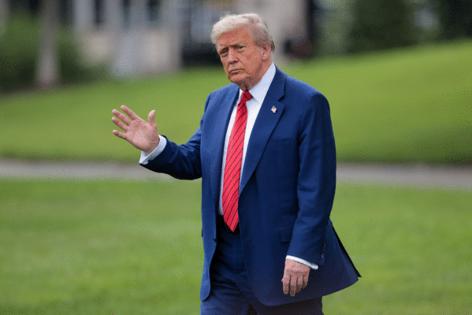


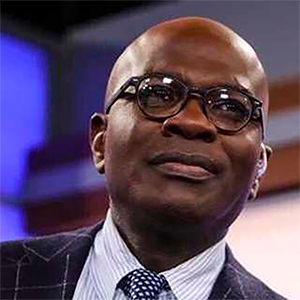





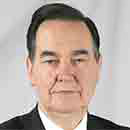













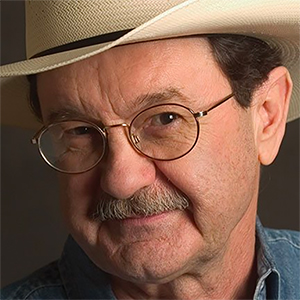




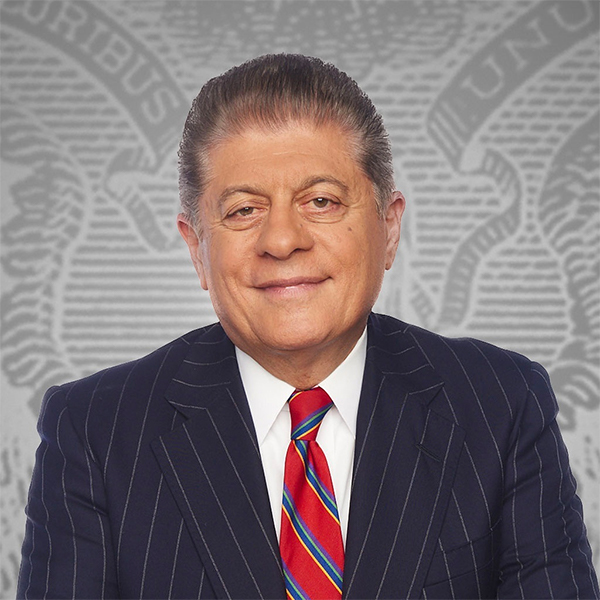























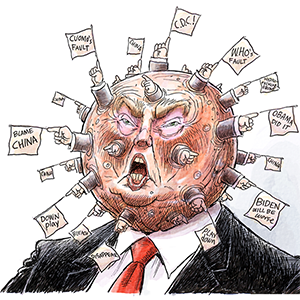



Comments